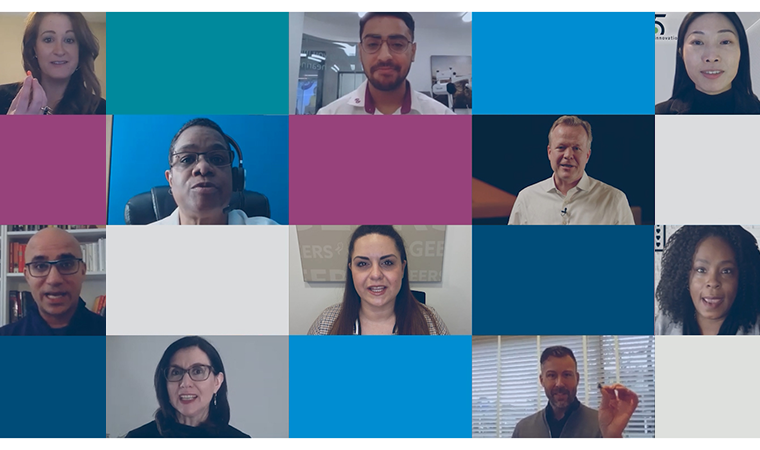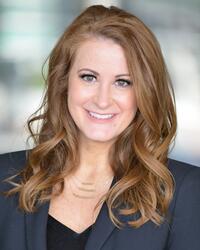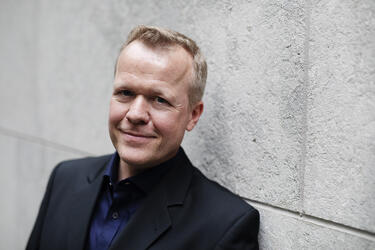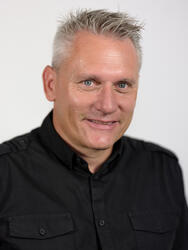-
Company
-
Brands
- A House of Brands
-
Hearing Instruments
-
Consumer HearingConsumer Hearing
-
Cochlear ImplantsCochlear Implants
-
Audiological CareAudiological Care
- AudioNova - Brazil
- AudioNova - Denmark
- AudioNova - Italy
- AudioNova - Sweden
- Audition Santé - France
- Boots Hearingcare - UK & Ireland
- Connect Hearing - Australia
- Connect Hearing - Canada
- AudioNova US
- Geers - Germany
- Geers - Hungary
- Geers - Poland
- Hansaton - Austria
- Lapperre - Belgium
- Schoonenberg - Netherlands
- Triton Hearing - New Zealand
-
Investors
- Investors overview
- Ad hoc announcements
- Why invest in Sonova & strategy
- Presentations & webcasts
-
Financial reports
- Current outlook
- Key figures
- Financial calendar
-
Corporate governance
-
Sonova shares & bondsSonova shares & bonds
- General Shareholder's Meeting
- Services & contacts
- Newsroom
-
Careers
-
Your career with us
-
Apply now
-
Why Sonova
- Get to know our talents
-
sonova global
- Global
-
North America
North America
-
Pacific
Pacific
-
Latin America
Latin America
- Asia
- Europe
Global
North America
Pacific
Latin America
Asia
Europe
-
Company
-
Brands
Brands
- A House of Brands
- Hearing Instruments
- Consumer Hearing
- Cochlear Implants
-
Audiological Care
- AudioNova - Brazil
- AudioNova - Denmark
- AudioNova - Italy
- AudioNova - Sweden
- Audition Santé - France
- Boots Hearingcare - UK & Ireland
- Connect Hearing - Australia
- Connect Hearing - Canada
- AudioNova US
- Geers - Germany
- Geers - Hungary
- Geers - Poland
- Hansaton - Austria
- Lapperre - Belgium
- Schoonenberg - Netherlands
- Triton Hearing - New Zealand
-
Investors
Investors & financials
- Investors overview
- Ad hoc announcements
- Why invest in Sonova & strategy
- Presentations & webcasts
- Financial reports
- Current outlook
- Key figures
- Financial calendar
- Corporate governance
- Sonova shares & bonds
- General Shareholder's Meeting
- Services & contacts
- Newsroom
- Careers
sonova global
Choose your country
- Global
-
North America
North America
-
Pacific
Pacific
-
Latin America
Latin America
- Asia
- Europe
Global
North America
Pacific
Latin America
Asia
Europe

Take care of your hearing!
More than 1 billion young people are at risk of noise-induced hearing loss. On World Hearing Day, we share how everyone can listen safely.
Noise damage is a preventable form of hearing loss1 . Noise is hard to avoid though. Among the din of traffic, the thuds of construction and the pinging of smartphones, there are sounds that bring joy to our ears — conversation, music, entertainment — and we want to be able to enjoy those to the full. That’s why it’s important to understand when it’s too loud, and how to listen safely.
Prolonged exposure to noise of more than 85 decibels may damage hearing. To put that in context, normal conversation is 60 decibels (dB). Don’t use the hair dryer (90dB) for too long though. Anything louder can be seriously bad for your ears: watching F1 (100dB) is pretty noisy, although not as loud as live music (up to 120dB). At that volume, health authorities recommend no more than 30 seconds2 of exposure. So how do we have fun and live life without harming our hearing?
Control the volume
According to World Health Organization (WHO) data3 , more than 1 billion young people aged 12–35 are at risk of hearing loss from recreational exposure to loud noise. During her time as a clinical audiologist, Jennifer Appleton often found a tell-tale notch indicative of noise damage in the audiograms of customers of all ages. Jennifer now helps develop and market hearing protection for Sonova’s Phonak brand. She wants to see greater awareness of the hazards of loud noise. “Lots of people are exposed to too much noise and don’t realize they can permanently damage their hearing,” she says. She shares an example of how even outdoor activities can involve dangerously loud noise: “I bought a cheap garden strimmer that was so loud I could feel the sound vibrating through my body whenever I used it.”
To help protect hearing WHO has published tips for safe listening. These include using smartphone apps to monitor listening levels4 . “When we find ourselves in noisy situations, we overcome that noise by making things louder,” explains Shannon Basham, Senior Director of Audiology and Education for the Unitron and Phonak brands. She describes how someone using headphones on a noisy train may turn up the volume to drown out background noise and be surprised to discover just how loud that is when they are in a quieter environment. WHO recommends using device settings to keep volume within safe limits5 .





The heads-up on headphones
Whether listening to music or podcasts on the go or working from home, headphones have become part of many people’s listening habits as they provide privacy and freedom of movement. Sid Vashishta, who works at the Triton World of Hearing store in Auckland, New Zealand, has seen hearing loss among young professionals that can be linked to regular and prolonged use of headphones. “Noise exposure is not just about volume. The number of hours spent on headphones has an additive effect,” he warns.
WHO advises using noise-cancelling headphones as part of its safe listening guidance6 . That feature comes as standard with most Sennheiser wireless headphones. Sennheiser’s audiophile headphones protect hearing in a different way, through quality of sound. Stefan Krämer of Sonova’s Consumer Hearing business explains: “Noise cancellation reduces outside noise so you don’t feel the need to turn up your music. Audiophile headphones provide more openness, expert tuning and the highest quality sound transducers so your music sounds engaging and detailed, even at lower sound pressure levels.”
Breaks are good, protection is better
It can be especially hard to avoid loud noise when it is part of the workplace. Noise comes with the job in bars, restaurants, clubs and music venues, and many other professions. While regular breaks can give ears a rest, proper hearing protection offers a longer-term solution. Pascal Gauch from Sonova Communications describes how technology like Phonak’s Serenity Choice™ range is a significant upgrade on basic earplugs. “Advanced mesh and membrane acoustic filters block out ambient noise while letting in relevant sounds like speech. You are protected and still have full awareness of what’s happening around you,” he says. Phonak makes protection for specific situations, including live music, as well as everyday activities. Pascal adds that these acoustic filters are also available in custom-fitted hearing protection for frequent or professional use.
Stay safe
Noise damage can be progressive or instantaneous. Either way it’s permanent and it can happen at any age. That’s why hearing care professionals like Shannon recommend safe listening as a first line of defense. “The hearing journey really starts from prevention. You don’t have to switch off but it’s a good idea to turn it down,” she says. Even after noise damage has been diagnosed, safe listening can still make a difference. As Sid tells his customers: “First let’s make sure your hearing doesn’t get any worse. Then we’ve got lots of options to help you deal with this.”
More information
1 Make Listening Safe, World Health Organization, 2021: “Noise-induced hearing loss can be prevented: safe listening practices can prevent hearing loss”
3 https://cdn.who.int/media/docs/default-source/documents/health-topics/deafness-and-hearing-loss/mls-infographic-eng.pdf?sfvrsn=baee1977_54 Make Listening Safe, World Health Organization, 2021: “Monitor listening levels: use apps to monitor your sound exposure”
5 Make Listening Safe, World Health Organization, 2021: “Keep the volume down: set your device’s volume level to no more than 60% of maximum”
6 Make Listening Safe, World Health Organization, 2021: “Keep the volume down: use well-fitted and noise-cancelling headphones”